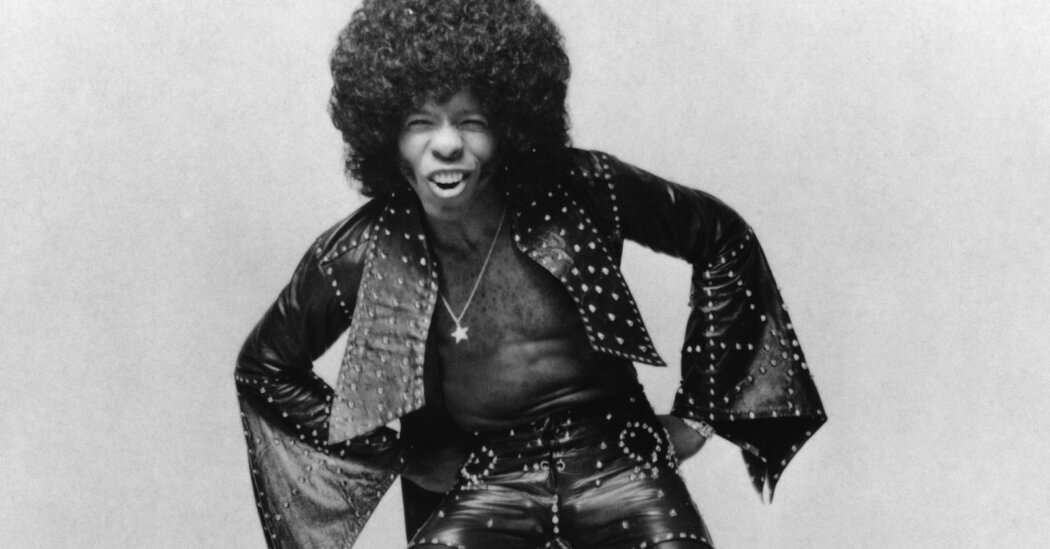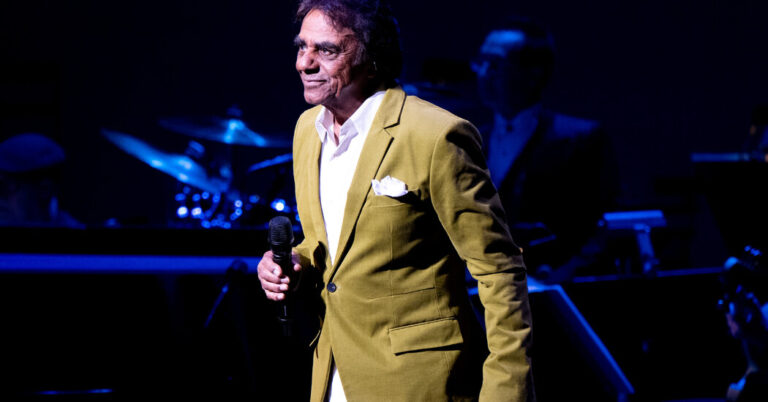Here is the result in plain text:
Sly & the Family Stone’s prime, from 1968 to 1973, the band was one of music’s greatest live acts as well as a fount of remarkable singles, including “Everyday People” and “Hot Fun in the Summertime.” There was a shining optimism to its sound, which mixed funk with the ecstasy of gospel, a little rock and a touch of psychedelia — as well as a vision of community and brotherhood that stood out in a period of political separatism.
The visionary behind it all was Sly Stone, who wrote, produced and arranged the music, winning acclaim as the author of invigorating anthems and an inventor of new, more complex recording sounds. But by the early 1970s, he was ravaged by drug addiction, kicking off a cycle of spirals and comebacks and sporadic, desultory live appearances. Now Stone, 81, is the subject of “Sly Lives! (aka The Burden of Black Genius),” a documentary directed by Ahmir Thompson, better known as the Roots drummer Questlove, that debuts on Hulu on Thursday.
Stone, who was born Sylvester Stewart and grew up in Vallejo, Calif., had gospel in his blood. His father, K.C., was a deacon in a Pentecostal church, and Sly began performing with his younger brother Freddie and younger sisters Rose and Vet in the Stewart Four, which released a single, “On the Battlefield,” in 1956 on the Church of God in Christ label.
As he learned to play guitar, bass, keyboards, drums and harmonica, Stone’s ambition swelled. In 1964, he produced and co-wrote Bobby Freeman’s No. 5 hit “C’mon and Swim,” and soon talked himself into an on-air gig at KSOL, the Bay Area’s AM soul music powerhouse, where he read dedications in his nimble baritone and mixed in Bob Dylan and Beatles songs to the format. “I think there shouldn’t be ‘Black radio.’ Just radio,” he later told Rolling Stone. “Everybody be a part of everything.”
After having a small local hit in the Viscaynes, one of the few integrated groups in doo wop, he assembled Sly & the Family Stone with a lineup of men and women, Black and white. In 1967, “Dance to the Music” became their first of five Top 10 singles. Two years later, they performed at Woodstock, providing one of the weekend’s high points. The days of playing nightclubs were over. “After Woodstock, everything glowed,” Stone wrote in his 2023 memoir.
Stone was a unifying figure, “the only rock artist who appealed equally to Black and white audiences,” the critic Robert Christgau wrote, but the singer’s optimism curdled. He moved from the Bay Area to a mansion in Bel Air that was once owned by the 1930s film star Jeanette MacDonald, and began snorting and freebasing copious amounts of PCP and cocaine, which he toted around in a violin case. People kept giving him drugs, he wrote. “It would have been rude to refuse.”
“There’s a Riot Goin’ On,” released in 1971, is a difficult, disjointed album that’s also considered a masterpiece. But soon, the good times were over: The hits dried up and Stone’s drug arrests mounted. Stone’s last major public appearances came at the 1993 Rock & Roll Hall of Fame induction ceremony and a Grammy tribute in 2006.
The influence of Sly & the Family Stone’s sound is so vast, it’s hard to measure. It’s in music from Miles Davis and Herbie Hancock, Talking Heads and Prince, and many more: Public Enemy, Beastie Boys, Tricky, Outkast, De La Soul, KLF, Beck, Lenny Kravitz, Seal, even U2’s “Mysterious Ways.” Stone may be out of sight, but he is somehow always still around. Here are 15 songs that help explain his musical impact.
Source link




